Menu
Underground hazards are often overlooked, yet they pose significant risks to public safety, infrastructure, and the environment. These hazards range from natural occurrences to human-made dangers, and knowing them is crucial for any property owner. As a reputable tree care company, the Driscoll Tree Service can help you detect and address hidden underground hazards and their potential effects.
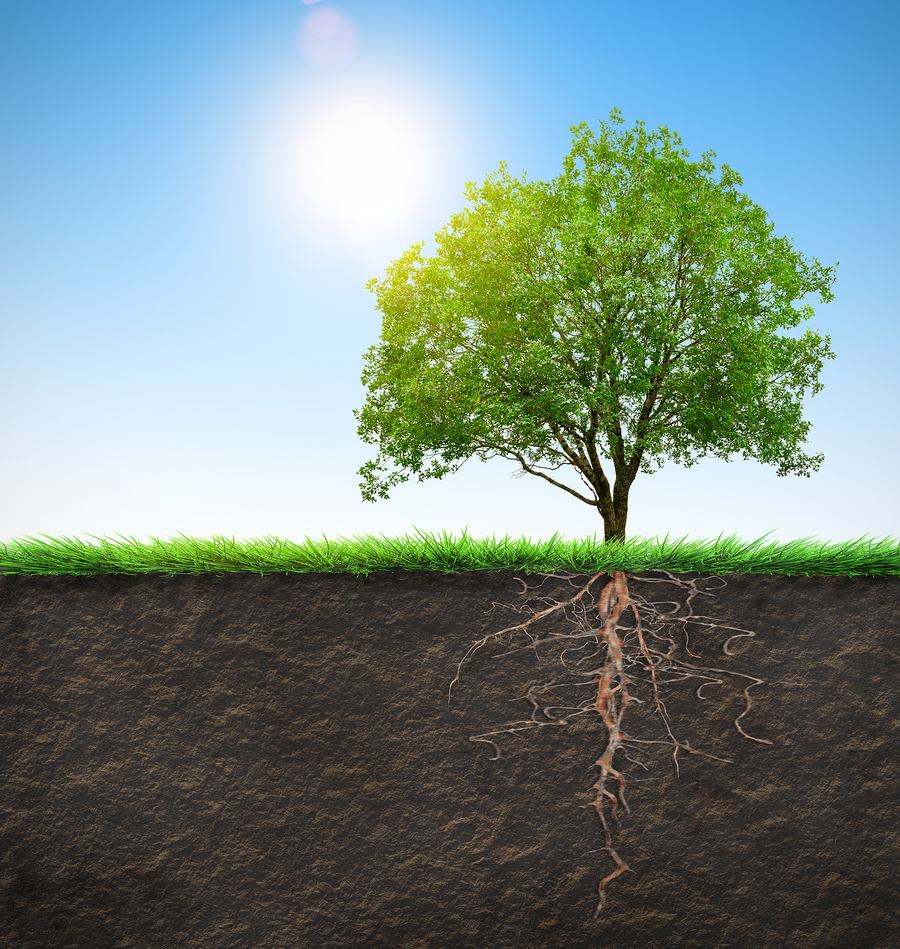
The most common underground hazard is utility lines and pipelines. These include electrical cables, gas lines, water pipes, and telecommunications cables. Accidental strikes during construction or tree removal activities can cause severe consequences, such as gas explosions, power outages, or water contamination. It is essential to contact your utility company or a trusted tree service before starting any digging project to locate and mark these lines accurately.
Unstable soil conditions and sinkholes are natural underground hazards that can cause significant damage. Soil stability can be affected by water saturation, erosion, and geological formations. Sinkholes occur when the ground collapses because of the deterioration of underlying rock, often limestone. These hazards can cause the sudden collapse of structures and pose serious safety risks. Hiring a professional tree care company ensures thorough geological surveys and soil testing to identify areas prone to instability during construction or tree-related projects.
Contaminated groundwater is another significant underground hazard affecting human health and the environment. Sources of contamination include industrial waste, agricultural runoff, and leaking underground storage tanks. Pollutants can seep into groundwater supplies, making them unsafe for drinking and irrigation. Regular monitoring by professional arborists or technicians of groundwater quality and implementing remediation measures are crucial for protecting water resources.
If not managed properly, buried waste and landfills can pose serious environmental and health hazards. Hazardous materials, such as chemicals, heavy metals, and medical waste, can leach into the soil and groundwater, causing long-term contamination. Landfills can also produce methane gas, a potent greenhouse gas that can cause explosions if not vented correctly. Proper landfill design, monitoring, and waste management minimize these risks.
Underground storage tanks are commonly used for storing fuel and chemicals. This can become hazardous if they corrode or leak. Leaking USTs can contaminate soil and groundwater, posing significant environmental and health risks. Regular inspection, maintenance, and proper disposal of old tanks are necessary to prevent leaks and mitigate potential hazards.
Whether you are moving into a new home or conducting a tree removal project, understanding and addressing hidden underground hazards are vital for ensuring public safety, protecting infrastructure, and preserving the environment. Contact us at Driscoll Tree Service and schedule a consultation with our arborists to access thorough assessments, implement preventive measures, and follow best practices in excavation and construction. Our tree service experts work with you throughout the process to mitigate the dangers associated with these hidden underground hazards and promote safer, more sustainable development.

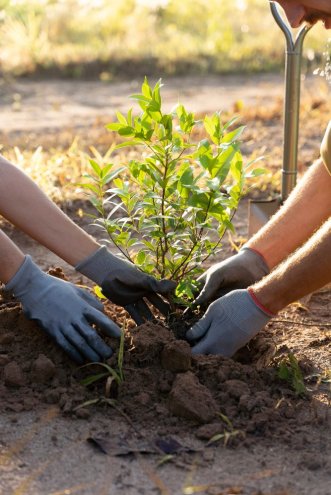
Facts About Winter Tree Planting Planting trees is a major decision that requires consideration of crucial factors like planting time, soil quality, tree type, and tree placement. While most people often avoid landscaping projects during the cold months, winter is…
Read More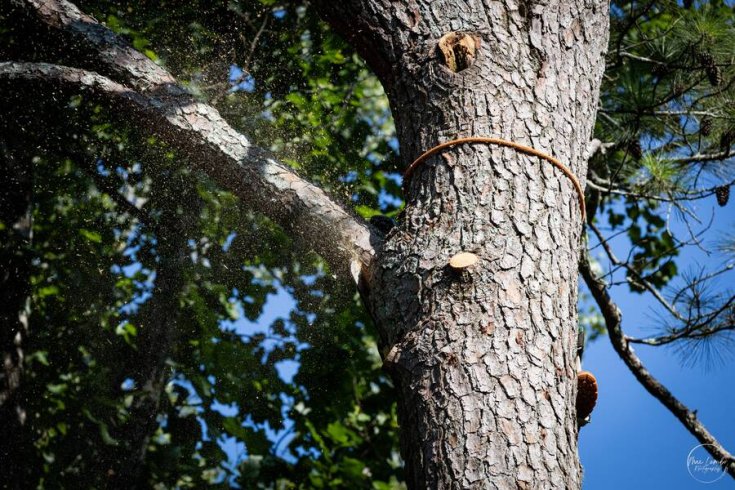
5 Essential Tips for Emergency Tree Removal Trees provide shade, beauty, and a habitat for wildlife. They also convert the carbon dioxide we breath out into fresh oxygen. However, there are times when their removal becomes unavoidable. Whether it's due…
Read More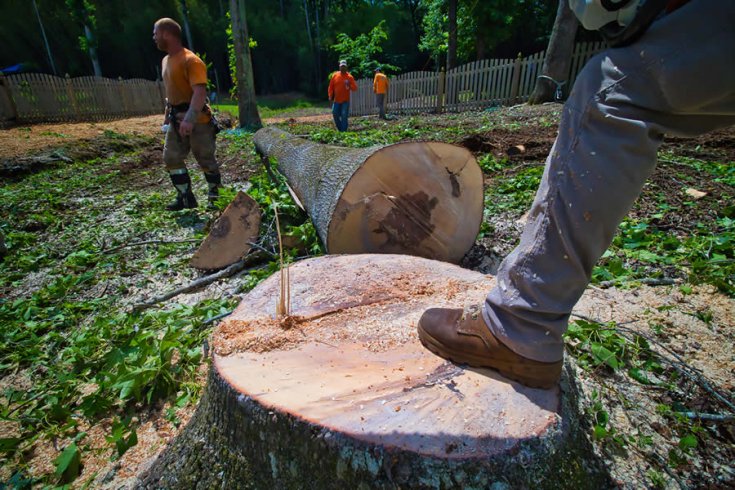
Are There Dangers in Cutting Tree Roots? Trees are more than towering entities in our landscapes; they are essential to our ecosystem, providing shade, oxygen, and aesthetic beauty. However, the decision to cut tree roots, whether driven by the need…
Read More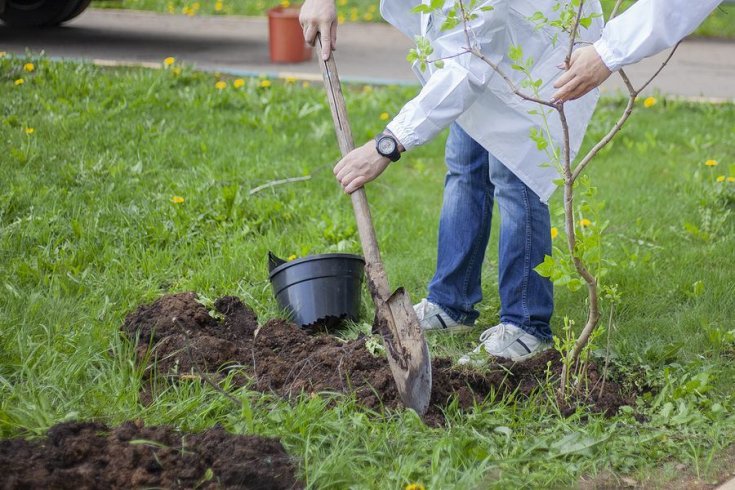
Best Trees to Plant for Shade A good shade tree is a must if you live in an area where the temperatures tend to rise in the spring and summer. Choosing the right trees can not only offer a cool…
Read More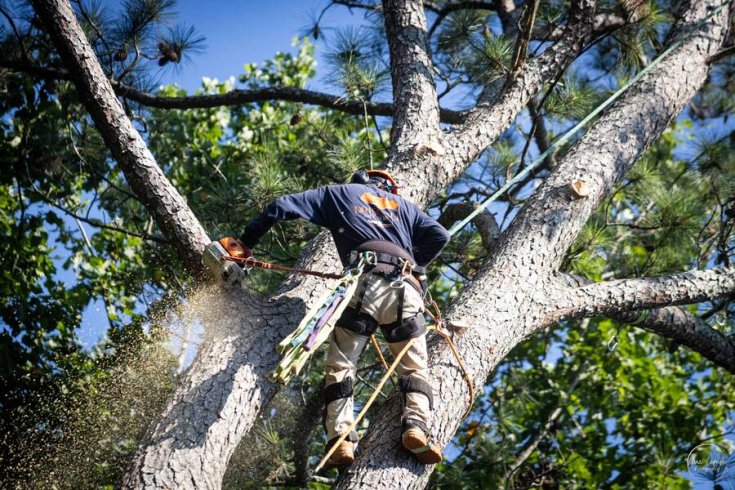
The Best Time of Year to Trim Your Trees (And Why It Matters) Trees are more than just scenery that beautify Metro Atlanta's landscape; they’re vital parts of our yards and provide shade, beauty, and environmental benefits. If you want…
Read More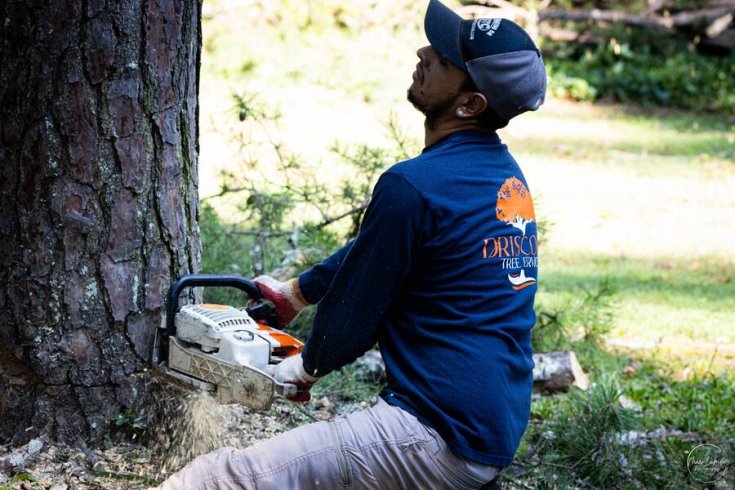
How Much Does It Cost to Remove a Tree? For starters, tree removal should be left to the professionals, whether the tree is big or small. A DIY approach may seem like a way to save money, but we don’t…
Read More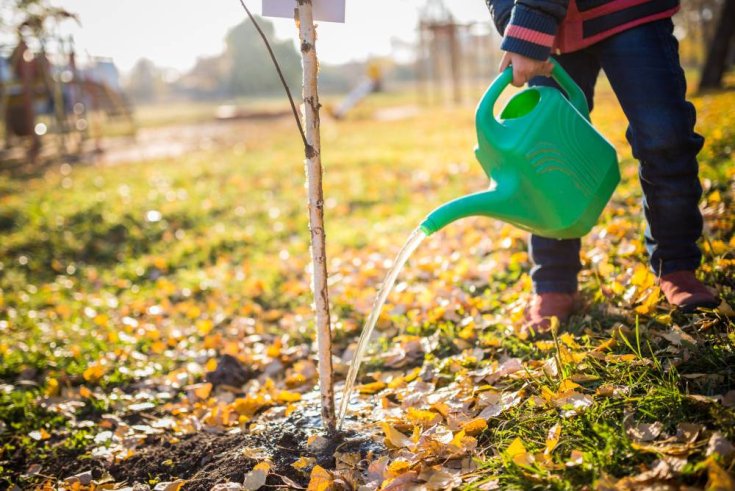
The Best Way to Water Trees Trees are silent giants in our environment that require proper care to thrive. One of the most crucial aspects of their care is watering. Watering trees may seem straightforward, but some specific methods and…
Read More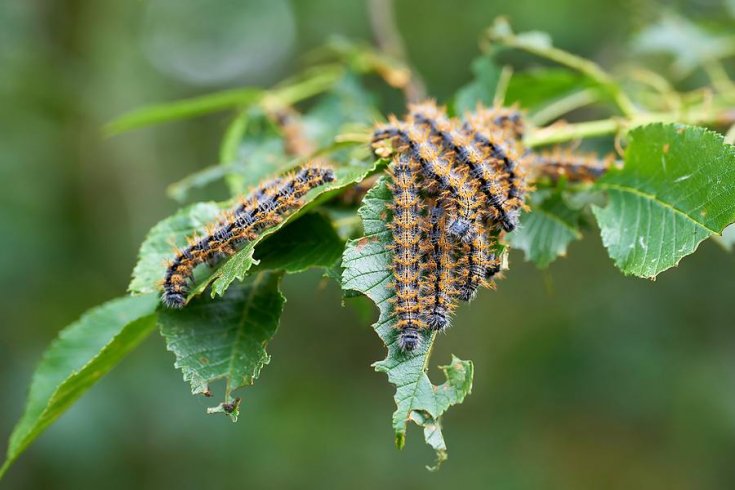
Harmful Pests for Your Trees Trees are beautiful, essential for our environment, and vulnerable to various pests that can cause significant damage. These pests can compromise the health and longevity of trees, leading to their decline or even death. Tree…
Read More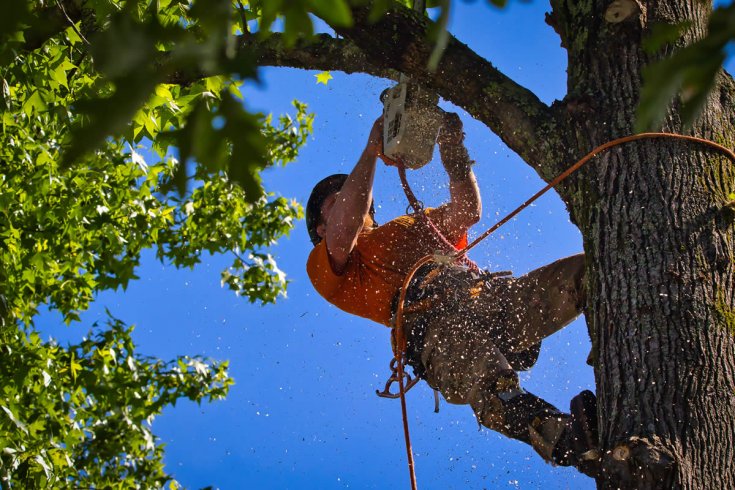
Why You Need an Arborist to Prune Your Trees Tree pruning is a vital part of property maintenance, but it's not a job for everyone. Mistakes made while pruning or trimming your trees could result in poor tree health, property…
Read More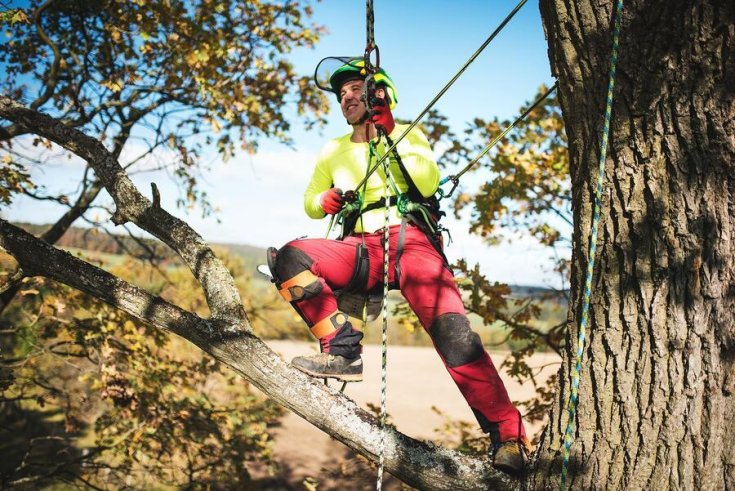
Tips and Techniques for Tree Removal Tree removal is a significant task that requires careful planning and execution to ensure safety and efficiency. Because of disease, hazard, or landscape redesign, proper techniques are crucial for a successful removal process. Driscoll…
Read More